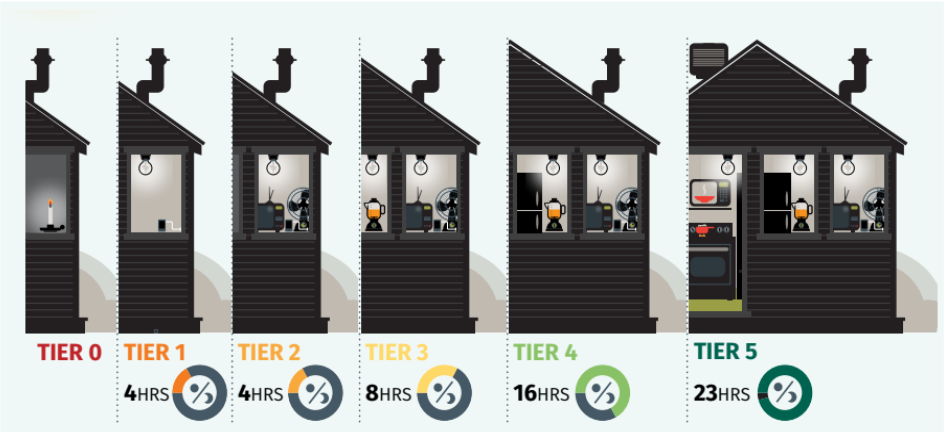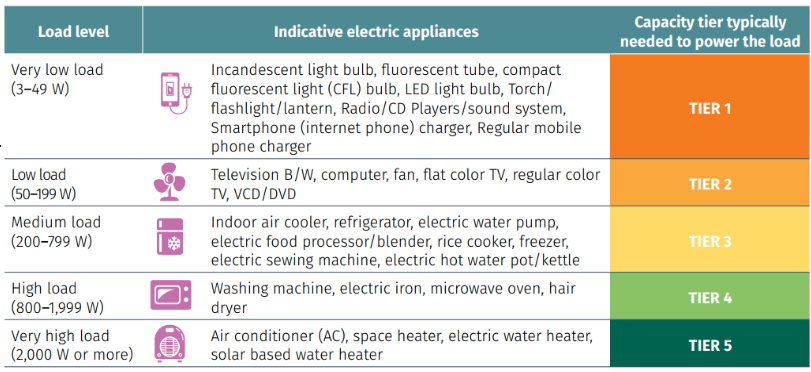Back to Course
CoM SSA Sustainable Energy Access and Climate Action Plan (SEACAP) course
0% Complete
0/0 Steps
-
Lesson 7.3: Introduction to reporting the adaptation pillar3 Topics|1 Quiz
-
MODULE 1: Setting the scene
-
Lesson 1.1: Introduction to the CoM SSA initiative2 Topics
-
Lesson 1.2: Introduction to the SEACAP3 Topics
-
Lesson 1.3: Climate change and cities in Africa2 Topics
-
MODULE 2: SEACAP Mitigation Pillar
-
Lesson 2.1: Key concepts in climate change mitigation1 Topic
-
Lesson 2.2: Introduction to the Mitigation Pillar2 Topics
-
Lesson 2.3: The SEACAP development process for the Mitigation Pillar1 Topic
-
Lesson 2.4: Emissions inventories: GHG emissions4 Topics
-
Lesson 2.5: Developing a Baseline Emissions Inventory (BEI)3 Topics
-
Lesson 2.6: Tools for BEI development2 Topics
-
MODULE 3: SEACAP Access to Energy Pillar
-
Lesson 3.1: Key concepts in access to energy
-
Lesson 3.2: Introduction to the Access to Energy Pillar3 Topics
-
Lesson 3.3: The SEACAP development process for the Access to Energy Pillar1 Topic
-
Lesson 3.4: Data collection3 Topics
-
Lesson 3.5: Developing an Access to Energy Assessment (AEA)2 Topics
-
Lesson 3.6: Setting an energy vision and targets3 Topics
-
Lesson 3.7: Planning energy actions3 Topics
-
MODULE 4: SEACAP Adaptation Pillar
-
Lesson 4.1: Key concepts in climate change adaptation1 Quiz
-
Lesson 4.2: Introduction to the Adaptation Pillar2 Topics|1 Quiz
-
Lesson 4.3: The SEACAP development process for the Adaptation Pillar1 Topic|1 Quiz
-
Lesson 4.4: Developing a Risk and Vulnerability Assessment (RVA)1 Quiz
-
Lesson 4.5: Setting an adaptation vision and sectoral targets2 Topics|1 Quiz
-
Lesson 4.6: Planning adaptation actions2 Topics|1 Quiz
-
MODULE 5: Steps to take before you implement your SEACAP
-
Lesson 5.1: Next steps for prioritised actions1 Quiz
-
Lesson 5.2: Categorising actions to access external finance2 Topics|1 Quiz
-
MODULE 6: Communicating your SEACAP
-
Lesson 6.1: Designing your SEACAP3 Topics|1 Quiz
-
Lesson 6.2: Communicating your SEACAP to key stakeholders1 Topic|1 Quiz
-
MODULE 7: Reporting your SEACAP
-
Lesson 7.1: Introduction to reporting your SEACAP3 Topics|1 Quiz
-
Lesson 7.2: Introduction to reporting the mitigation pillar4 Topics|1 Quiz
-
MODULE 8: Integrating your SEACAP into existing planning processes
-
Lesson 8.1: Integrating your SEACAP actions into local level plans1 Topic|1 Quiz
-
Lesson 2.7: Setting mitigation targets2 Topics
-
Lesson 2.8: Planning mitigation actions1 Topic
-
Lesson 7.4: Introduction to reporting the access to energy pillar3 Topics|1 Quiz
Lesson 15, Topic 1
In Progress
What is access to energy?
22 January 2025
Lesson Progress
0% Complete
Terminology
Terminology
Access to energy
- Remember, access to energy is the availability of sustainable, clean, reliable and modern energy services to meet basic human needs at affordable costs.
- Although the definition of basic human needs may vary from one city to another, the attributes common to all cities are security, affordability, reliability and sustainability of energy supply.
- The key attributes of access to energy are therefore:
- Security: The reliability and stability of the energy sources.
- Sustainability: The share of renewable energy in the energy mix.
- Affordability: The cost and willingness to pay for the energy.
- Other attributes: Health, safety, capacity, modern.
Minimum access to energy

“A household having reliable and affordable access to both clean cooking facilities and to electricity, which is enough to supply a basic bundle of energy services initially, and then an increasing level of electricity over time to reach the regional average”.
“A basic bundle of energy services means, at a minimum, several lightbulbs, task lighting (such as a flashlight), phone charging and a radio.”
– The International Energy Agency
What is energy poverty?
- It is the lack of access to affordable, safe and sustainable energy and a ‘’direct expression of deprivation in a city’s every-day life with both context and impact experienced by individuals, households, and communities’’ (GCoM Energy Access and Poverty toolkit).
- Sub-Saharan Africa, despite being critical in energy value chains outside the continent, has high levels of energy poverty, made worse by the economic impacts of COVID-19.
- Energy poverty is connected to other kinds of poverty and vulnerability.
The intersection between energy poverty and gender issues is called the energy poverty and gender nexus, also referred to as gendered energy poverty (GEP).
What are the gender dynamics of energy poverty?
- Overall, women are more exposed to energy poverty than men.
- One of the main impacts is that women’s time is directed toward gathering biomass/wood or manually processing foods – activities that would be much more efficient with energy access.
- Most of the deaths associated with air pollution from burning biomass are of women.
- Safety can be compromised in the absence of electricity access, e.g. street lighting.
What is the multi-tier framework of energy access?
- The MTF approach goes beyond the traditional binary measurement of energy access—for example, having or not having a connection to electricity, using or not using clean fuels in cooking.
- The multi-tier framework attempts to capture the multi-dimensional nature of energy access and the vast range of technologies and sources that can provide energy access, while accounting for the wide differences in user experience.

Figure 1: Minimum electricity requirements by tier of electricity access

Figure 2: Appliances by load level and associated capacity tiers

